Pressure sensitive labels are a versatile and dependable solution for identification, tracking, and compliance. Available in custom constructions for both print-on-demand and pre-printed applications, they adhere securely to a wide range of surfaces. Used across healthcare, laboratories, manufacturing, and more, these labels are engineered for performance and longevity.

Pressure sensitive labels are only as effective as the materials behind them. Our adhesive label constructions are engineered for performance—whether that means surviving cryogenic storage, adhering to textured rubber, or meeting regulatory demands. From materials and adhesives to coatings and print systems, every component is selected for precision and reliability.
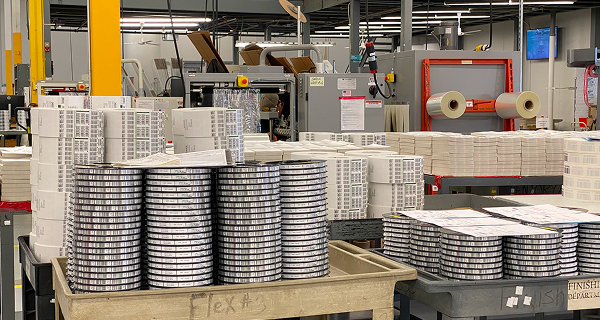
We engineer pressure sensitive labels to meet the specific needs of your application, surface, and workflow. From high-heat and cryogenic durability to tamper evidence, regulatory compliance, and sustainability, every label is built to do more than just stick. With a deep library of materials, adhesives, and printing options, we build smarter label systems that support your goals.
Wide range of specialty constructions
Compatible with automation or hand application
Supports branding, barcoding, and compliance
Material-matched for your surfaces and environment
Pressure sensitive labels use materials like polyester, polypropylene, and polyimide to resist heat, chemicals, abrasion, and UV. These constructions deliver long-lasting performance in harsh industrial and laboratory environments.
We test every label for durability under real-world conditions. Our in-house lab simulates exposure to chemicals, heat, cold, and abrasion to ensure materials perform as expected—not just in theory, but in proven practice.
We produce labels in a variety of custom shapes, sizes, and formats to fit your exact process. Precision die-cutting and layout design ensure compatibility with applicators, printers, and packaging lines.
A successful label starts with a construction that fits the product, surface, and use case. Pressure sensitive labels are built from layered materials chosen for print compatibility, environmental resistance, and bonding performance. Matching the right materials to the right conditions is essential for long-term label success.
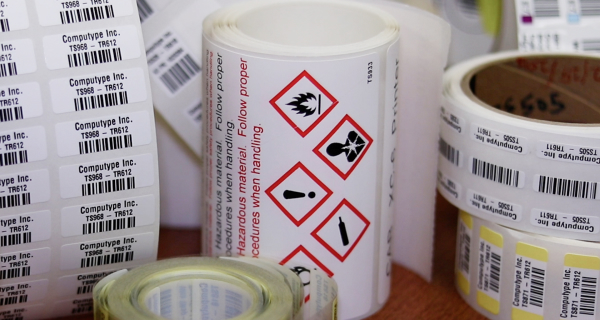
Every pressure sensitive label must be designed with its end use in mind. From material compatibility to functional requirements, purpose-driven engineering ensures the label performs as expected in the field. Construction choices are guided by how the label will be printed, handled, and used over time.
Facestocks determine how a label feels, prints, and performs. Thermal transfer labels can be built with paper or film, depending on how much durability is needed. Synthetics offer better resistance to moisture, abrasion, and chemicals — ideal for harsh or long-term environments. Key material characteristics include:

Paper is a cost-effective choice for indoor and short-term labeling applications, offering excellent print quality and versatility. It delivers excellent print quality and comes in coated or uncoated varieties, depending on your ribbon and durability needs. Though not resistant to moisture or chemicals, it’s ideal for shipping, retail, and general-purpose labeling. Paper is also a strong option for recyclable and sustainable labeling, making it a go-to material for environmentally conscious brands and packaging strategies.
Polyester (PET) is one of the most durable label materials available, delivering unmatched performance in demanding environments. It resists moisture, abrasion, UV exposure, and a wide range of chemicals, making it ideal for asset tags, compliance labeling, and long-term outdoor applications. Its strength and dimensional stability help prevent curling, distortion, and tearing—even in high-heat conditions. With a stiff, reliable structure, polyester labels hold up under daily wear and exposure to industrial environments.
Polypropylene (BOPP) is a versatile film that offers a strong balance of flexibility and durability, making it ideal for applications that require squeezability or curved surfaces, such as cosmetic packaging and household containers. Polypropylene provides reliable moisture and oil resistance and performs well in both moderate heat and cold, maintaining label integrity in humid or variable environments. Its flexibility and resilience make it a practical choice for brands that need both performance and visual appeal.
Polyethylene (PE) is a soft, highly flexible synthetic substrate ideal for labeling curved, squeezable, or irregular surfaces. It offers excellent resistance to water, chemicals, and low temperatures, making it a reliable choice. While polyethylene doesn’t always match the durability of polyester, its conformability and adaptability make it well-suited for flexible labeling needs. Polyethylene performs especially well where moisture resistance and surface conformity are essential.
Polyimide is a high-performance film engineered for extreme heat environments, maintaining its integrity under conditions that would degrade most other materials. It can withstand temperatures above 300°C and endures harsh processes such as solder reflow, wave soldering, and autoclaving without losing adhesion or legibility. This makes it an ideal choice for electronics labeling, circuit board identification, and aerospace components where performance under stress is critical.
Other synthetic materials include vinyl, nylon, and synthetic paper, each offering specialized properties for specific labeling needs. Vinyl is highly conformable, durable, and weather-resistant, great for outdoor labels. Nylon works well for flexible applications like fabric and garment tags, while synthetic paper mimics paper feel with added durability. Selecting the right synthetic material can improve both label longevity and usability in specialized conditions.
Talk to a labeling expert about materials, adhesives, and durability. We’ll help you engineer a label that lasts.
Pressure sensitive label adhesives are designed to form a lasting bond with minimal pressure, but not all adhesives perform the same way. Adhesion strength depends on the surface, environment, and how the adhesive flows and sets. Key adhesive characteristics include:
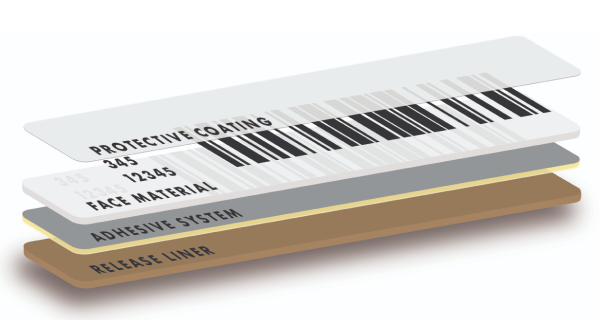
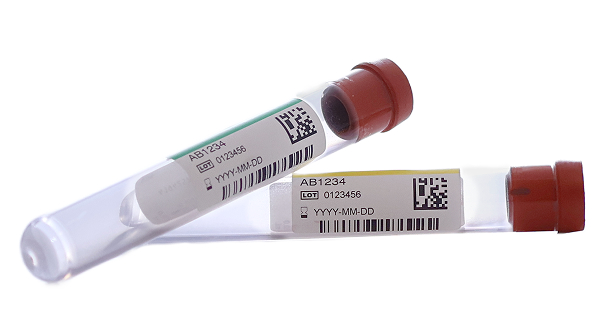
Acrylic adhesives are stable, clean, and resistant to heat, UV, and chemicals, making them a go-to for many regulated and high-durability applications. They offer a firm, lasting bond on a wide variety of surfaces and remain dimensionally stable over time. Acrylics are often preferred for outdoor use, laboratory labeling, and high-performance industrial settings.
Excellent chemical and UV resistance
Withstands elevated temperatures
Clean long-term removability options
Ideal for glass, metal, and plastics
Rubber-based adhesives provide high initial tack and rapid wet-out, even on hard-to-label or rough surfaces. They’re especially effective on low surface energy materials like polyethylene or textured rubber. While less resistant to heat and solvents, they’re ideal for flexible bonding in high-speed or demanding environments.
Fast bonding on rough surfaces
High tack for immediate hold
Performs well on LSE materials
Flexible under mechanical stress

Water-based adhesives—usually acrylic or rubber—are low in VOCs and ideal for high-speed coating. They provide reliable performance in general-use labeling and support eco-friendly manufacturing.
Solvent adhesives offer enhanced chemical, moisture, and temperature resistance. They’re often used in precision applications where performance under stress or exposure is non-negotiable.
Hot melt adhesives are applied in molten form and set upon cooling to form a pressure sensitive bond. They’re valued for fast wet-out and strong tack, especially in labeling curved or irregular surfaces.
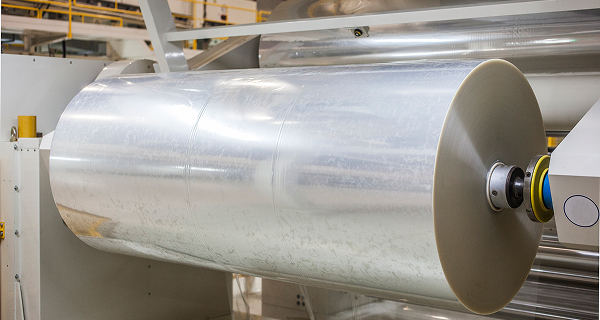
Adhesive systems can be engineered with additives and modifiers to optimize performance for the specific conditions your label will face. From aggressive bonding to temporary removability, these enhancements can fine-tune how a label performs during and after application. Additives also help balance performance trade-offs like flexibility, flow, and cure time.
Tackifiers to improve initial grab
Primers to support low-energy surfaces
Crosslinkers for chemical and heat resistance
Plasticizers for flexibility and flow control
Specialty adhesives are designed for applications that require specific bonding properties beyond conventional solutions. Whether dealing with unique surfaces, temporary adhesion, or complex functionality, these adhesives offer precision performance, reliability and adaptability.

We don’t assume compatibility or endurance — we test it. Our lab simulates real-world stress like temperature swings, abrasion, adhesion, and chemical exposure to ensure labels perform not just in theory, but in practice.
Material performance can’t be assumed—it must be proven. We test adhesives, face stocks, and coatings against the actual conditions they’ll encounter, from temperature extremes to chemical exposure. Our in-house lab ensures every pressure sensitive label construction is built to perform as specified.
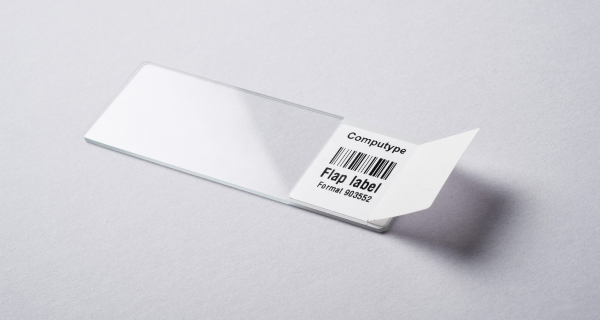
Our in-house lab tests label performance under real-world conditions, ensuring your labels stay durable and readable no matter the environment. Using ISO 9001–certified equipment, we simulate thermal extremes, chemical exposure, and mechanical stress. Every test helps validate that our labels meet the toughest industry demands.
Testing from -296°C to 600°C
Simulated chemical and solvent exposure
Adhesion tests on challenging surfaces
Barcode legibility to ANSI standards
Labels exposed to elevated temperatures—like curing ovens, solder reflow, or autoclaves—require heat-stable materials, adhesives, and inks that won’t discolor, shrink, or lift.
Cryo labels must remain adhered and legible at -80°C or lower, including during immersion in liquid nitrogen. Specialized adhesives and face stocks prevent brittleness, cracking, or adhesive failure.
Solvents, alcohols, acids, and reagents can compromise both the printed image and label structure. Chemically resistant constructions protect both, even under frequent exposure.
Repeated handling, friction from equipment, and storage in tight containers can wear down labels. Durable topcoats, laminates, or ribbon/image combinations help preserve readability.
Labels used in lab or clinical workflows often undergo sterilization processes like autoclaving, gamma radiation, or chemical exposure. The entire construction must survive without delaminating or degrading.
Labels may encounter condensation, spills, or immersion during use or cleaning. Moisture-resistant labels prevent edge lift, adhesive failure, and print smearing under wet conditions.

Labels exposed to extreme temperatures must retain their adhesion, legibility, and material stability to perform reliably. We test across a wide thermal range—from -296°C for cryogenic storage to 600°C for high-heat industrial processes. Each label is subjected to repeated thermal cycles to assess long-term durability and performance under fluctuating conditions. These simulations are critical for industries like aerospace, automotive, and healthcare, where thermal stress is unavoidable.
Testing from -296°C to 600°C
Repeated thermal cycling for long-term durability
Simulating rapid shifts and extreme temperature changes
Validating print quality, adhesion, and material integrity
We evaluate how labels perform in ultra-low temperatures, commonly encountered in healthcare, biotech, and lab storage. Labels must remain bonded and readable even when stored in liquid nitrogen or dry ice conditions, with no curling or cracking.
Adhesion testing ensures that labels maintain a strong bond under various conditions and stresses. By simulating real-world applications, we evaluate how labels adhere to different surfaces and withstand forces like peeling, shearing, and stress. This ensures your labels stay secure without lifting, curling, or detaching.


Labels are often exposed to harsh chemicals that can degrade adhesion, print quality, or material integrity. Our chemical testing process subjects labels to a wide range of solvents, acids, bases, and industrial chemicals to evaluate how they withstand incidental and prolonged contact.
Abrasion testing measures a label’s resistance to friction, wear, and handling. Labels are subjected to conditions that simulate regular contact or rough treatment to verify that they remain legible and intact over time. This ensures that labels used in high-contact environments maintain their durability and performance without fading or peeling.
Accelerated aging testing simulates the long-term effects of environmental exposure over a compressed time frame. Labels are exposed to UV light, heat, and humidity to predict their durability in real-world conditions. This testing ensures your labels will last throughout their intended lifecycle, even when exposed to harsh elements.
We rigorously test barcode legibility to ensure accurate scanning throughout a label’s lifecycle. Printed images are evaluated before and after exposure to harsh conditions, including chemicals, heat, cold, and abrasion. We use ANSI standards to measure barcode quality and verify that critical data remains readable in real-world environments.
Once the right label construction is determined, it needs to arrive ready for your equipment and operators. We deliver labels in the exact configuration you require—roll orientation, liner width, label spacing, core size, and more. Whether hand-applied or fully automated, your labels will arrive press-ready and production-ready.

Selecting the right label shape and size is essential for proper adhesion and long-lasting performance. Labels must contour to curved or irregular surfaces, matching the product’s shape for the best results. Although it might seem like a rectangular label would work for any product, specialized shapes are often needed for the best fit and performance.
Bullet labels are custom die-cut for conical objects like microcentrifuge tubes. Their narrow shape allows for printing a linear barcode and text down the length of the tube, solving the challenges of labeling due to the tapered design
Flag labels wrap around cylindrical objects like tubes, hoses, or cables, with the ends adhering to each other. This creates a “flag” that extends outward, offering extra space for information for easy scanning and identification.
Laminate labels protect printed information with a clear cover. Wrap-around labels shield cylindrical surfaces, FLAP labels fold over a square print space, and paint patch labels feature a removable laminate that protects during painting.
We deliver pressure sensitive labels configured to match your application method, print process, and equipment needs. Roll format, liner type, and label presentation are just as critical as the construction itself—especially when automation is involved. Whether labels are applied by hand or machine, they’ll arrive ready to drop into your workflow.
Roll orientation matched to automation specs
Die-cutting and spacing tuned for applicators
Core size and liner strength by request
Pre-checked for sensor alignment and rewind direction
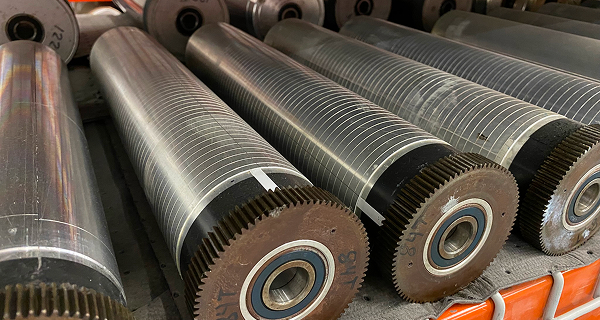
Labels can be wound inside or outside, left-edge or right-edge first, and delivered on custom core sizes to match your printer or applicator. We manage roll diameter, label count, and rewind direction to ensure seamless integration into your existing equipment and labeling flow.
We use precision dies to ensure consistent shape, spacing, and edge integrity—crucial for labels passing through automated sensors or print-and-apply systems. Die spacing and pitch can be adjusted for proper feed, peel, and cut control, especially in high-speed workflows or complex label sets.
Every production run is reviewed for die accuracy, label registration, roll count, and presentation alignment. We verify sensor readability, edge cuts, rewind direction, and barcode placement to make sure labels meet both technical and application-specific requirements before shipment.
Pressure sensitive labels can be printed on demand at your facility or pre-printed and delivered ready to apply. The right choice depends on your workflow, automation setup, and whether label content changes from one unit to the next. We help you evaluate printing technologies, application methods, and label construction to fit your process.

Printing strategies are designed to adapt to your specific labeling needs, whether you’re managing high-volume production or small-batch runs. Pre-printed labels provide ready-to-use solutions for fast application, while partially printed labels allow for flexible customization. Print-on-demand systems empower businesses to take control of their labeling process, reducing waste and enhancing accuracy.
Each strategy integrates seamlessly with your operations, ensuring efficiency and reliability. By combining advanced printing technologies with expert guidance, we deliver solutions that simplify even the most complex workflows. With our customizable strategies, you can maintain consistency across labels while accommodating unique data requirements.
Print-on-demand systems allow businesses to produce labels as needed, directly at their facility. This strategy is ideal for dynamic environments where variable data, such as barcodes or expiration dates, must be updated in real time. By investing in print-on-demand technology, companies gain flexibility, reduce lead times, and eliminate the need to stockpile pre-printed labels.
Pre-printed labels are a ready-to-use solution, ideal for businesses seeking consistency and speed. These labels are produced with static information such as logos, branding, or compliance markings and are delivered fully prepared for immediate application. Pre-printed options are especially useful for high-volume production runs, where efficiency and standardization are key.
Partially printed labels combine the best of both worlds, with pre-printed static elements and blank areas for variable data. This approach allows businesses to maintain brand consistency while adding unique information, like serial numbers or batch codes, on-demand. Partially printed labels are a cost-effective solution for companies requiring both flexibility and customization.
Pre-printed labels are ideal when the content is known ahead of time and durability or visual presentation is a top priority. We build pre-printed label constructions with coatings, specialty adhesives, and full-color designs that perform in the real world. Whether you need compliance-grade barcodes, high-resolution logos, or labels that can survive extreme heat or chemicals, pre-printing offers the most control and reliability.
Consistent, high-resolution barcode printing
Full-color logos and branded design zones
Durable topcoats and laminates for harsh conditions
Specialty inks for compliance or tamper evidence


Labels printed in-house offer unmatched flexibility for changing data, real-time printing, and distributed labeling across multiple teams or facilities. We produce blank labels optimized for thermal transfer or digital print systems, ensuring crisp image transfer, proper ribbon matching, and smooth operation through your printers and applicators. We also help ensure that label layout, liner format, and materials are fully compatible with your workflow and equipment.
Coated face stocks for crisp, smudge-free printing
Compatible with desktop or industrial printers
Available in automation-ready roll formats
Support for label layout, media, and ribbon pairing
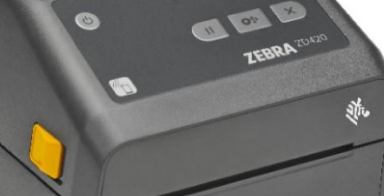
Compact systems for lower-volume use in labs, clinics, or smaller production lines. Compatible with thermal ribbons and various label sizes for daily print needs.
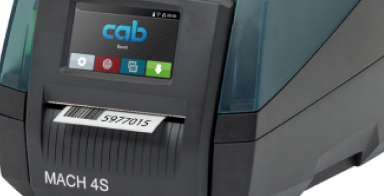
Built for high-volume environments and larger label formats. Offer fast print speeds, robust construction, and compatibility with durable ribbons and synthetic materials.
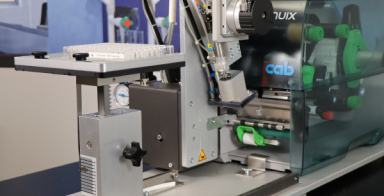
Integrate real-time thermal transfer printing with automated applicators. Designed for high-speed workflows, these systems reduce manual handling and improve label placement accuracy.
Explore our thermal transfer label kits and printer bundles to get started with print on demand.
Pressure sensitive labels are used across industries to track inventory, communicate safety, ensure compliance, and maintain traceability. But not all applications require the same label—surface type, environment, and regulations all influence construction. From basic item tagging to extreme labeling challenges, we help build labels that perform where they’re needed most.
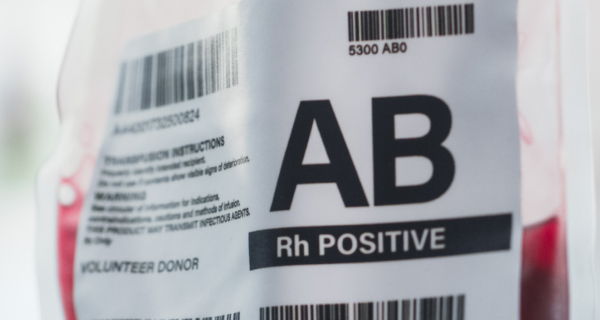
From healthcare to industrial manufacturing, we support labeling workflows that demand precision, durability, and process compatibility. Each industry comes with different priorities—like chemical resistance, automation readiness, or fast visual identification. We build solutions that support both product and operational success.
Laboratory labeling for tubes, vials, and slides
Inventory and logistics labels for bins and shelving
Industrial solutions for rubber, tires, and components
Healthcare labeling for blood bags, tubes, and medications
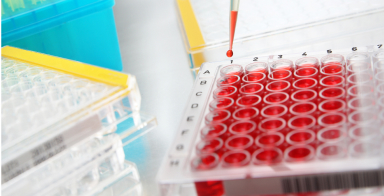
Labels for tubes, vials, plates, and slides built to survive centrifugation, cryogenic storage, and chemical exposure—while maintaining scannability and clarity across sample lifecycles.
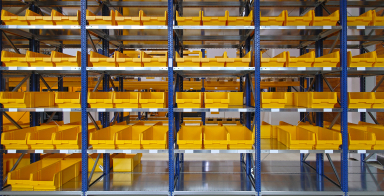
Pressure sensitive labels for shelves, totes, pallets, and packaging, optimized for scan speed, surface compatibility, and system-wide consistency in dynamic storage environments.
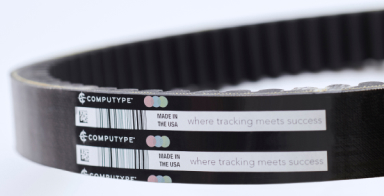
Label constructions tailored for tires, rubber, hoses, and metal components—engineered to resist heat, abrasion, and solvents during production, storage, and handling.
Some labels do more than identify—they protect, signal, or comply. These specialty applications often require custom layering, engineered adhesives, or enhanced visual zones. Whether meeting regulatory standards or adding physical functionality, these labels are built to do more.
Tamper resistance or evidence of interference
Recyclable or compostable material options
Multi-color layouts for hazard or safety labeling
Durable imaging for regulatory documentation
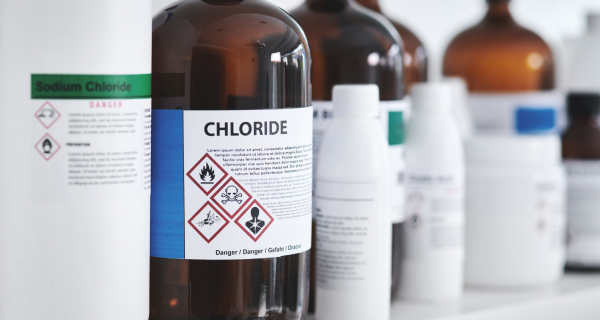
These labels provide a visual or physical indicator when packaging or equipment has been opened or altered. Common in pharmaceutical, clinical, and safety-critical workflows, tamper evident constructions help support compliance and trust. Solutions include destructible films, void patterns, and labels that break or delaminate on removal.
Sustainable options focus on recyclability, compostability, or reduced material usage. These constructions use materials like recyclable liners, thinner face stocks, and solvent-free adhesives. Labels can also be designed to meet sustainability certifications or support closed-loop product programs.
Designed to meet strict standards for hazard communication, product classification, and workplace safety. These labels support formats like GHS, HMIS, and CLP with regulated colors, icons, and layout. Often used in labs, chemical manufacturing, and industrial environments where labeling is tied to compliance.
Fill out the form and we’ll follow up with everything you need to get started with pressure-sensitive labels—no pressure, just expert help.








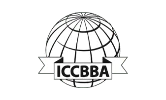


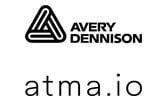
© Computype 2024
© Computype 2024
Take advantage of our volume discounts for bulk orders. Reach out to us for a personalized quote tailored to your needs.
"*" indicates required fields